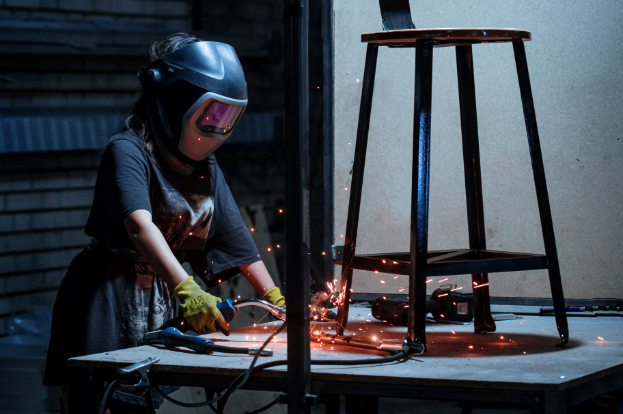

The mining industry is characterized by its demanding and abrasive environment, where heavy machinery is subjected to constant wear and tear. To ensure the longevity and efficiency of mining equipment, it is crucial to implement effective protection measures. Wear plates, specifically designed to resist abrasion and impact, play a vital role in safeguarding mining machinery from the harsh conditions it encounters.
Wear plates are specialized metal components that are typically attached to critical areas of mining equipment, such as conveyor belts, chutes, and crusher liners. These plates are constructed from materials that exhibit exceptional wear resistance, such as high-carbon steel, manganese steel, and abrasion-resistant alloys.
How to Identify High Quality Welding Products for Your Workshop



